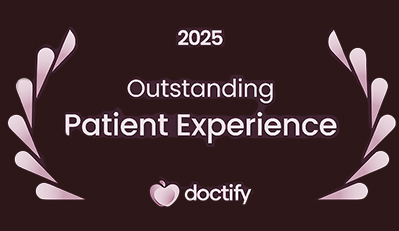
Can both eyes be treated at the same time with private cataract surgery?
If you have cataracts in both eyes, you may be wondering: Can they be treated at the same time?
This is a common question, especially for patients who want faster recovery and fewer trips to the clinic. But the answer isn’t always straightforward.
In this blog, we’ll explain how cataract surgery is typically planned for both eyes, what happens if you choose private care, and why safety always comes first.
Why are cataracts often in both eyes?
Cataracts develop when the natural lens in the eye becomes cloudy. Although each eye is separate, age and lifestyle affect both eyes similarly. It’s common for cataracts to develop at different speeds, but most people will eventually need treatment for both.
How is cataract surgery usually planned?
For safety and accuracy, most surgeons prefer to treat one eye at a time. The reasons are:
- Safety: Although cataract surgery is very safe, operating on one eye at a time reduces the already very small risk of infection or complications affecting both eyes.
- Accuracy: Treating the first eye allows the surgeon to see how it responds, which can help fine-tune lens choices for the second eye.
- Healing and comfort: It’s easier for patients to manage recovery with one healing eye and one unaffected eye.
Can private clinics treat both eyes on the same day?
Some clinics offer bilateral same-day cataract surgery, but this is carefully selected and not suitable for everyone. At many private clinics, including Mitry Vision, the safest and most common approach is to treat each eye separately, often one to two weeks apart.
This short gap allows:
- Quick recovery between procedures
- Confirmation that the first eye is healing well
- Time to fine-tune the lens for the second eye
What are the benefits of spacing surgeries?
- Greater safety: Minimises risk to both eyes.
- Personalised care: Surgeons can adjust the plan if your first eye responds differently than expected.
- Comfort: Less visual disruption as one eye remains stable while the other heals.
What are the downsides of treating one eye at a time?
Some patients prefer one visit to avoid multiple appointments. Treating one eye at a time means two short procedures and two recovery periods. However, the benefits for safety and accuracy usually outweigh the inconvenience.
Why private care makes a difference
Private cataract surgery gives you:
- Shorter waiting times between surgeries (often 1–2 weeks instead of months)
- The same consultant for both eyes
- Choice of advanced lenses, including multifocal or toric options
What to expect between surgeries
After your first surgery:
- Your vision may be slightly unbalanced, but this improves as the brain adapts.
- The second procedure is usually scheduled once the first eye is stable.
Your surgeon will confirm healing and adjust the lens plan if needed.
Summary
While cataracts can affect both eyes, the safest way to treat them is usually one at a time, spaced a short time apart. Private cataract surgery allows this to happen quickly and efficiently, so you can enjoy clear vision in both eyes without long delays.
Find out if you are suitable for vision correction
Not everyone is eligible for vision correction surgery.
Find out if you could benefit from this life changing surgery by taking the quick self-suitability quiz below:




